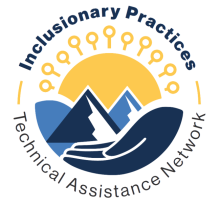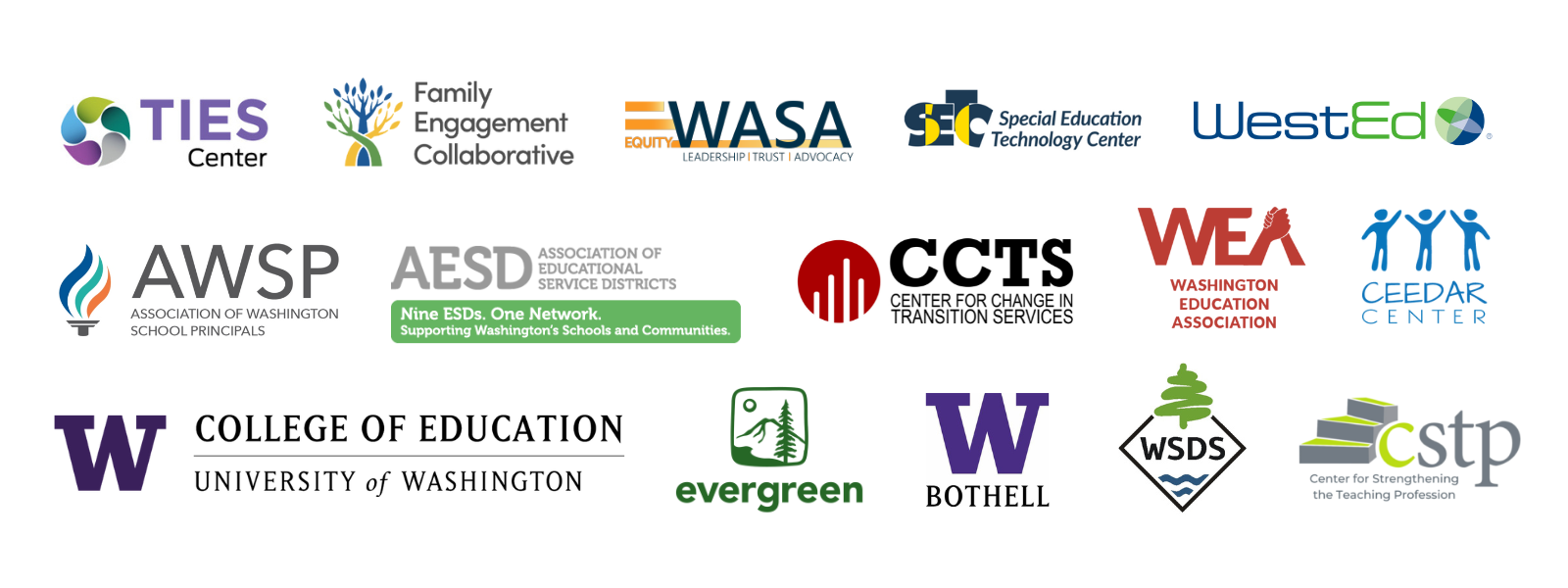
The IPTN is an intentional collective of technical assistance (TA) and support providers working together, in partnership with OSPI and WestED, to increase inclusionary practices for students with individual education programs (IEPs) across Washington state. While many students with disabilities have benefited from Washington's increased investment in inclusionary practices, state data show that some student groups are still disproportionately excluded from general education. The IPTN is committed to addressing these inequities by explicitly targeting systems and practices that limit choice and opportunity for these student groups.
Employing the science of implementation and improvement, the IPTN drives organizational change to maximize practices that yield positive outcomes for students. IPTN is not just a network; it's a transformative force shaping the future of inclusive education.
Learn more about how the network works and download the network at-a-glance.
Background of the IPTN
Students with disabilities have a federally-protected civil right to access the general education curriculum in their least restrictive environment (LRE). In 2018, the Washington state legislature funded the Inclusionary Practices Project (IPP) to increase student access to core instruction and general education settings. IPP resulted in significant progress in LRE data – meaning that many more students with IEPs are now served in general education settings for 80% or more of the school day.
However, despite the overall success of IPP, state data show that two groups of students continue to be systematically excluded from general education settings in Washington schools:
- Students with Intellectual and Developmental Disabilities (IDD)
- Black students eligible for special education services
And over 2/3 of preschool students with disabilities in Washington state are served in segregated early childhood settings.
The IPTN, a dynamic expansion of the IPP, is leading a systems-level transformation to eliminate exclusionary practices for all students in Washington state, with a special focus on these student groups. The IPTN is dedicated to improving access to high-quality, standards-based education for students with Intellectual and Developmental Disabilities (IDD) and Black students with disabilities. Systemic changes that benefit these populations will also benefit all students and Washington’s education system as a whole.








